城市之旅:使用 LLM 和 Elasticsearch 简化地理空间搜索(二)
我们在之前的文章 “城市之旅:使用 LLM 和 Elasticsearch 简化地理空间搜索(一)”,在今天的练习中,我将使用本地部署来做那里面的 Jupyter notebook。

安装
Elasticsearch 及 Kibana
如果你还没有安装好自己的 Elasticsearch 及 Kibana,请参考如下的链接来进行安装:
- 如何在 Linux,MacOS 及 Windows 上进行安装 Elasticsearch
- Kibana:如何在 Linux,MacOS 及 Windows上安装 Elastic 栈中的 Kibana
在安装的时候,我们选择 Elastic Stack 8.x 来进行安装。特别值得指出的是:ES|QL 只在 Elastic Stack 8.11 及以后得版本中才有。你需要下载 Elastic Stack 8.11 及以后得版本来进行安装。
在首次启动 Elasticsearch 的时候,我们可以看到如下的输出:
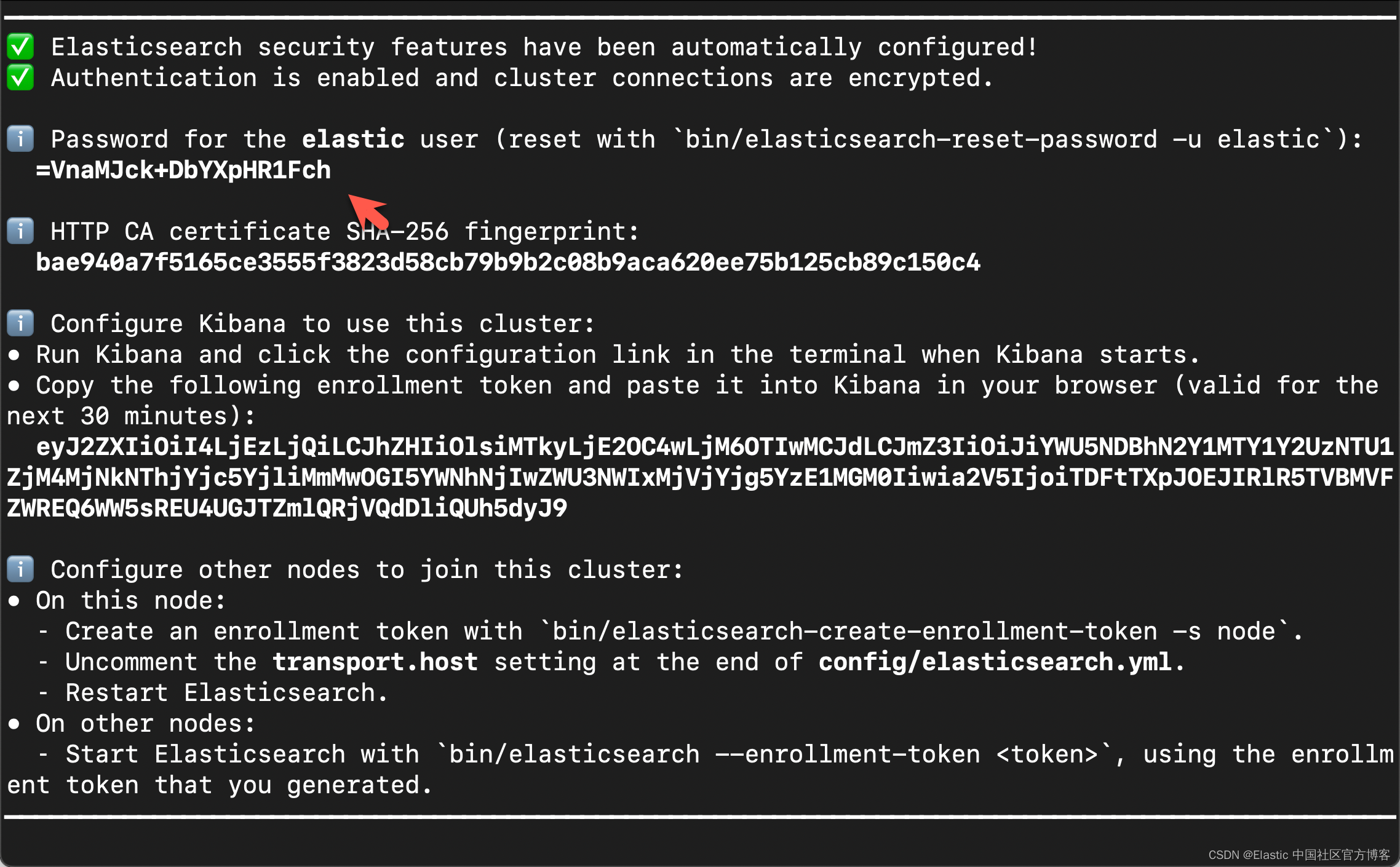
我们需要记下 Elasticsearch 超级用户 elastic 的密码。
我们还可以在安装 Elasticsearch 目录中找到 Elasticsearch 的访问证书:
$ pwd
/Users/liuxg/elastic/elasticsearch-8.13.4/config/certs
$ ls
http.p12 http_ca.crt transport.p12在上面,http_ca.crt 是我们需要用来访问 Elasticsearch 的证书。
我们首先克隆已经写好的代码:
git clone https://github.com/liu-xiao-guo/elasticsearch-labs我们然后进入到该项目的根目录下:
$ pwd
/Users/liuxg/python/elasticsearch-labs/supporting-blog-content/geospatial-llm
$ cp ~/elastic/elasticsearch-8.13.4/config/certs/http_ca.crt .
$ ls
09-geospatial-search.ipynb http_ca.crt在上面,我们把 Elasticsearch 的证书拷贝到当前的目录下。上面的 09-geospatial-search.ipynb 就是我们下面要展示的 notebook。
启动白金试用
在下面,我们需要使用 ELSER。这是一个白金试用的功能。我们按照如下的步骤来启动白金试用:



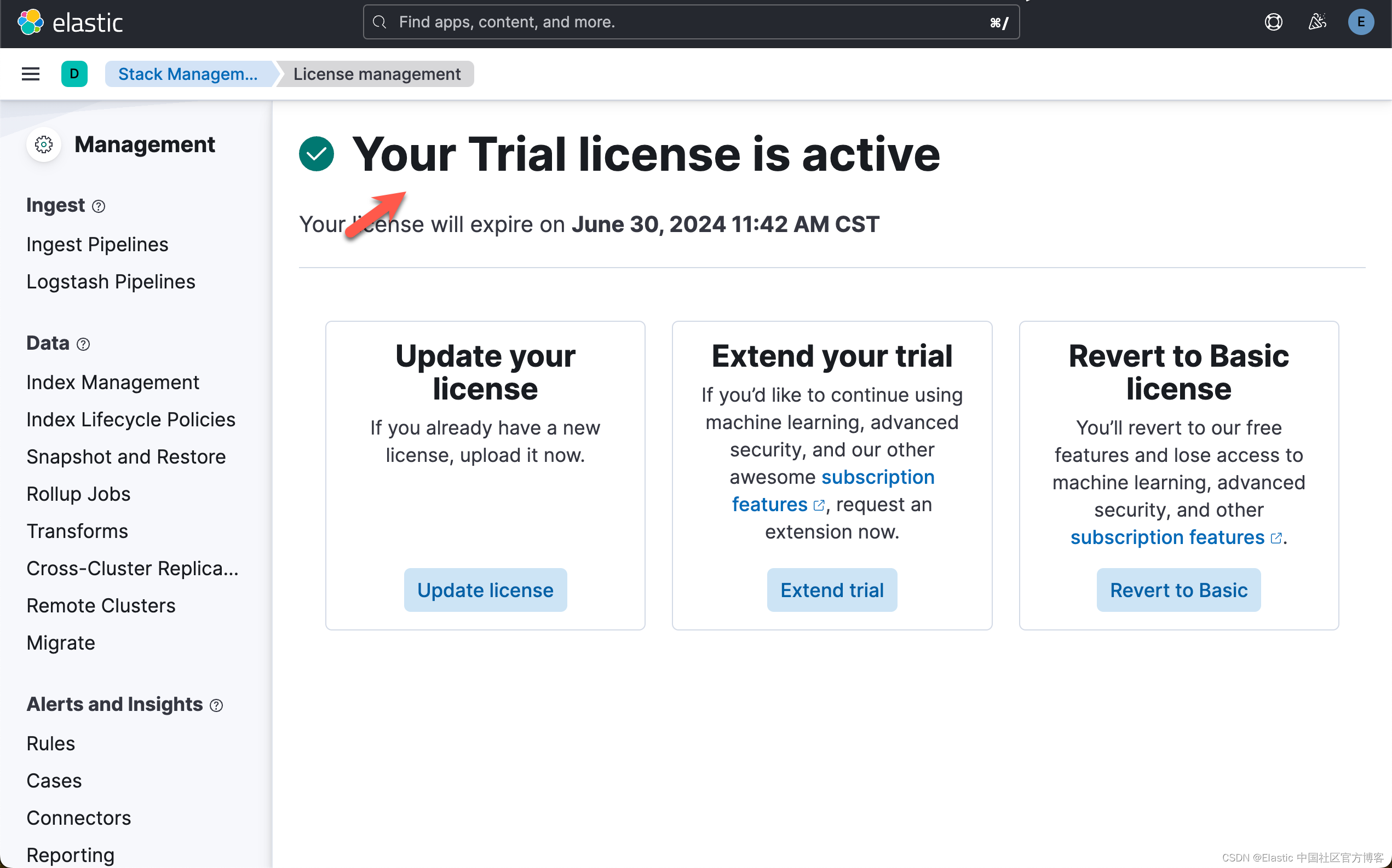
这样我们就完成了白金试用功能。
创建环境变量
为了能够使得下面的应用顺利执行,我们在当前的项目根目录下创建一个叫做 .env 的文件。它的内容如下:
.env
ES_USER="elastic"
ES_PASSWORD="=VnaMJck+DbYXpHR1Fch"
ES_ENDPOINT="localhost"
OPENAI_API_KEY="YourOpenAIkey"你需要根据自己的 Elasticsearch 的配置来修改上面的配置。你需要申请自己的 OpenAI key 来完成上面的配置。你可以在地址 https://platform.openai.com/api-keys 进行申请。
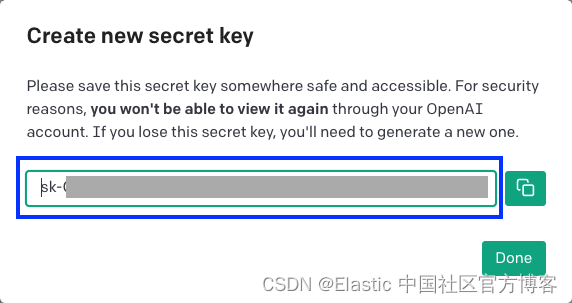
创建完上面的文件后,我们可以看到:
$ pwd
/Users/liuxg/python/elasticsearch-labs/supporting-blog-content/geospatial-llm
$ ls -al
total 176
drwxr-xr-x 5 liuxg staff 160 May 31 11:10 .
drwxr-xr-x 16 liuxg staff 512 May 31 09:55 ..
-rw-r--r-- 1 liuxg staff 146 May 31 11:10 .env
-rw-r--r-- 1 liuxg staff 78674 May 31 09:48 09-geospatial-search.ipynb
-rw-r----- 1 liuxg staff 1915 May 31 10:55 http_ca.crt演示
我们在项目的根目录下,我们使用如下的命令来打开 notebook:
$ pwd
/Users/liuxg/python/elasticsearch-labs/supporting-blog-content/geospatial-llm
$ jupyter notebook 09-geospatial-search.ipynb 安装及连接
首先,我们需要使用 Python 客户端连接到 Elastic 部署。
!pip install -qU elasticsearch requests openai python-dotenv接下来,我们导入所需要的包:
from dotenv import load_dotenv
import os
from elasticsearch import Elasticsearch, helpers, exceptions
from elasticsearch.helpers import BulkIndexError
import time
import json as JSON现在我们可以实例化 Python Elasticsearch 客户端。然后我们创建一个客户端对象来实例化 Elasticsearch 类的实例
load_dotenv()ES_USER = os.getenv("ES_USER")
ES_PASSWORD = os.getenv("ES_PASSWORD")
ES_ENDPOINT = os.getenv("ES_ENDPOINT")
OPENAI_API_KEY = os.getenv("OPENAI_API_KEY")url = f"https://{ES_USER}:{ES_PASSWORD}@{ES_ENDPOINT}:9200"
print(url)client = Elasticsearch(url, ca_certs = "./http_ca.crt", verify_certs = True)
下载并部署 ELSER 模型
在此示例中,我们将下载 ELSER 模型并将其部署到 ML 节点中。确保你有一个 ML 节点才能运行 ELSER 模型。
# delete model if already downloaded and deployed
try:client.ml.delete_trained_model(model_id=".elser_model_2", force=True)print("Model deleted successfully, We will proceed with creating one")
except exceptions.NotFoundError:print("Model doesn't exist, but We will proceed with creating one")# Creates the ELSER model configuration. Automatically downloads the model if it doesn't exist.
client.ml.put_trained_model(model_id=".elser_model_2", input={"field_names": ["text_field"]}
)注意:针对 x86 架构,我们可以使用模型 .elser_model_2_linux-x86_64 来代替 .elser_model_2 以获取更好的性能。在下面的代码中,我们也需要相应的更换。

上面的命令下载需要一点时间。我们使用如下的代码来等待模型的下载:
while True:status = client.ml.get_trained_models(model_id=".elser_model_2", include="definition_status")if status["trained_model_configs"][0]["fully_defined"]:print("ELSER Model is downloaded and ready to be deployed.")breakelse:print("ELSER Model is downloaded but not ready to be deployed.")time.sleep(5)
运行完上面的代码后,我们可以在 Kibana 中进行查看:
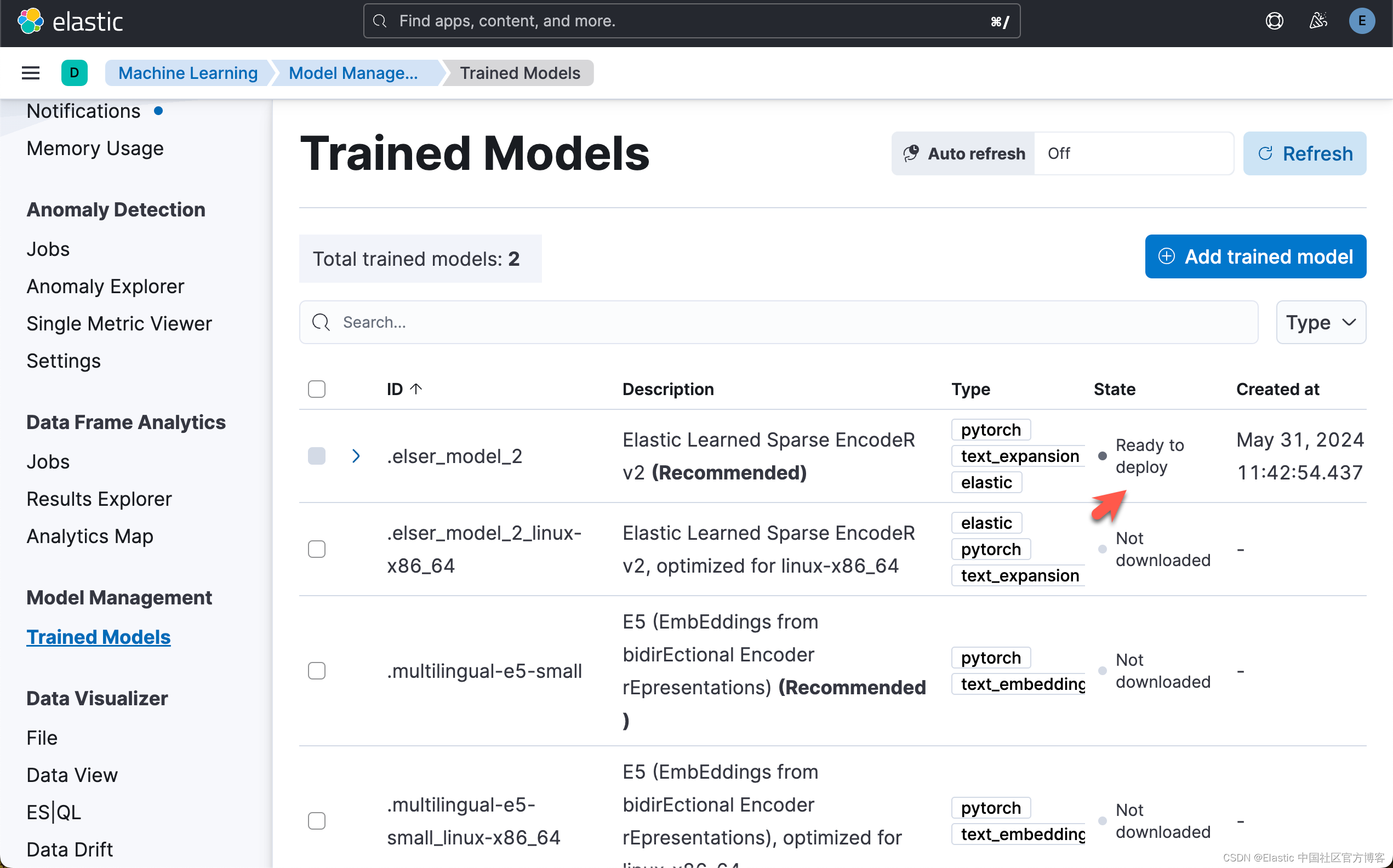
下载模型后,我们可以将模型部署到 ML 节点中。使用以下命令来部署模型。
# Start trained model deployment if not already deployed
client.ml.start_trained_model_deployment(model_id=".elser_model_2", number_of_allocations=1, wait_for="starting"
)while True:status = client.ml.get_trained_models_stats(model_id=".elser_model_2",)if status["trained_model_stats"][0]["deployment_stats"]["state"] == "started":print("ELSER Model has been successfully deployed.")breakelse:print("ELSER Model is currently being deployed.")time.sleep(5)
运行完上面的代码后,我们可以在 Kibana 再次进行查看:
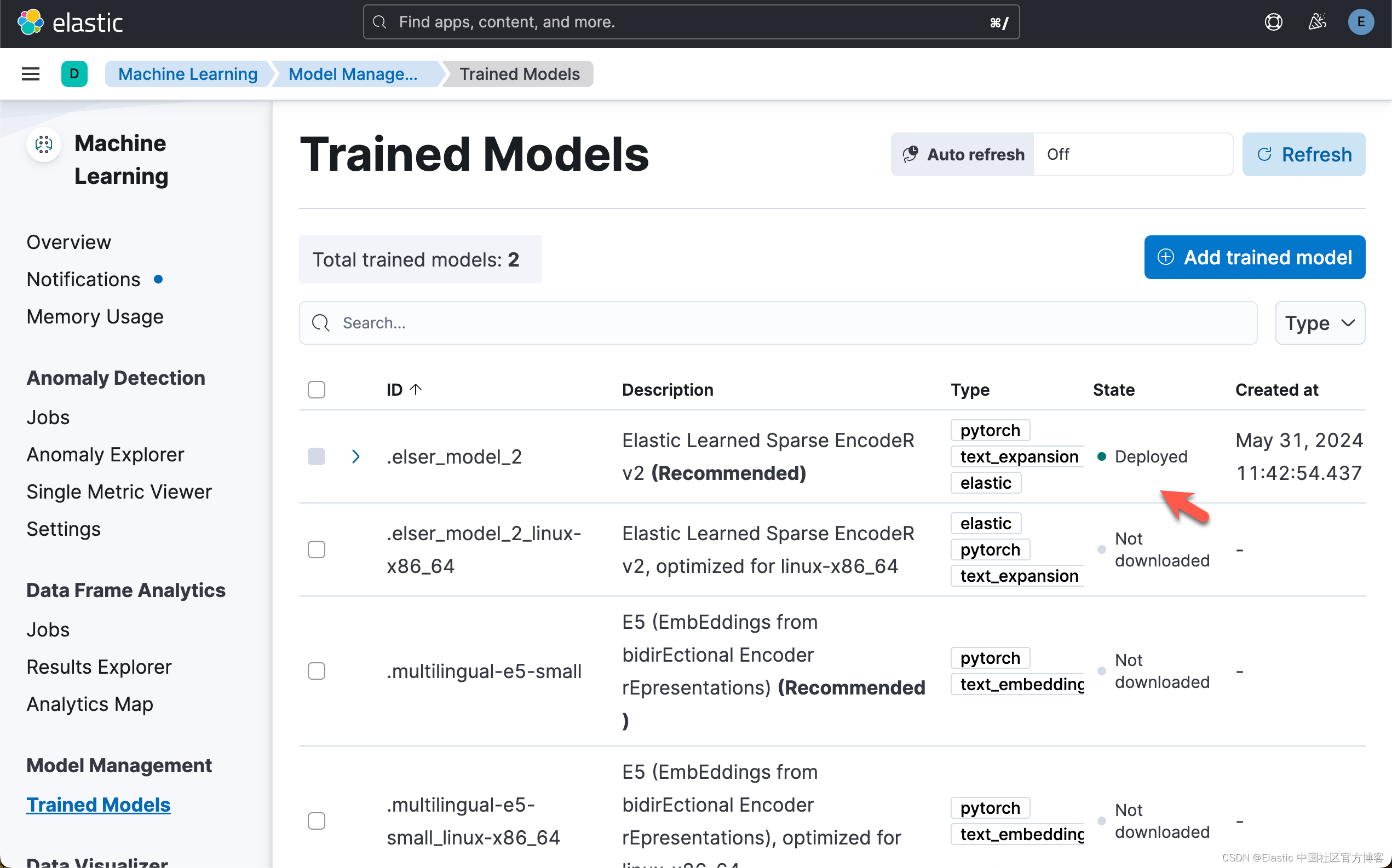
我们也可以从 Kibana 中来部署 ELSER。请详细阅读之前的文章 “Elasticsearch:部署 ELSER - Elastic Learned Sparse EncoderR”。
使用 ELSER 索引文档
为了在我们的 Elasticsearch 部署上使用 ELSER,我们需要创建一个包含运行 ELSER 模型的推理处理器的摄取管道。让我们使用 put_pipeline 方法添加该管道。
client.ingest.put_pipeline(id="elser-ingest-pipeline",description="Ingest pipeline for ELSER",processors=[{"html_strip": {"field": "name", "ignore_failure": True}},{"html_strip": {"field": "description", "ignore_failure": True}},{"html_strip": {"field": "amenities", "ignore_failure": True}},{"html_strip": {"field": "host_about", "ignore_failure": True}},{"inference": {"model_id": ".elser_model_2","input_output": [{"input_field": "name", "output_field": "name_embedding"}],"ignore_failure": True,}},{"inference": {"model_id": ".elser_model_2","input_output": [{"input_field": "description","output_field": "description_embedding",}],"ignore_failure": True,}},{"inference": {"model_id": ".elser_model_2","input_output": [{"input_field": "amenities", "output_field": "amenities_embedding"}],"ignore_failure": True,}},{"inference": {"model_id": ".elser_model_2","input_output": [{"input_field": "host_about","output_field": "host_about_embedding",}],"ignore_failure": True,}},],
)ObjectApiResponse({'acknowledged': True})准备 AirBnB 列表
接下来我们需要准备索引。除非另有说明,我们会将所有内容映射为关键字。我们还将使用 ELSER 将列表的 name 和 decription 映射为 sparse_vectors 。
client.indices.delete(index="airbnb-listings", ignore_unavailable=True)
client.indices.create(index="airbnb-listings",settings={"index": {"default_pipeline": "elser-ingest-pipeline"}},mappings={"dynamic_templates": [{"stringsaskeywords": {"match": "*","match_mapping_type": "string","mapping": {"type": "keyword"},}}],"properties": {"host_about_embedding": {"type": "sparse_vector"},"amenities_embedding": {"type": "sparse_vector"},"description_embedding": {"type": "sparse_vector"},"name_embedding": {"type": "sparse_vector"},"location": {"type": "geo_point"},},},
)ObjectApiResponse({'acknowledged': True, 'shards_acknowledged': True, 'index': 'airbnb-listings'})运行完上面的代码后,我们可以在 Kibana 中找到已经创建的 airbnb-listings 索引:
下载 airbnb 数据
接下来,我们将下载 AirBnB 列表 csv 并将其上传到 Elasticsearch。这可能需要几分钟! AirBnB 列表包含大约 80mb 的 CSV 扩展文件和大约 40,000 个文档。在下面的代码中,我们添加了一个 if 条件以仅处理前 5,000 个文档。
为了能够使得下面的代码能够正常运行,我们使用如下的命令来活动 airbnb 数据:
wget https://data.insideairbnb.com/united-states/ny/new-york-city/2024-03-07/data/listings.csv.gz$ pwd
/Users/liuxg/tmp/elasticsearch-labs/supporting-blog-content/geospatial-llm
$ wget https://data.insideairbnb.com/united-states/ny/new-york-city/2024-03-07/data/listings.csv.gz
--2024-05-31 12:59:59-- https://data.insideairbnb.com/united-states/ny/new-york-city/2024-03-07/data/listings.csv.gz
Resolving data.insideairbnb.com (data.insideairbnb.com)... 13.226.210.37, 13.226.210.3, 13.226.210.22, ...
Connecting to data.insideairbnb.com (data.insideairbnb.com)|13.226.210.37|:443... connected.
HTTP request sent, awaiting response... 200 OK
Length: 21315678 (20M) [application/x-gzip]
Saving to: ‘listings.csv.gz’listings.csv.gz 100%[=============================>] 20.33M 12.2MB/s in 1.7s 2024-05-31 13:00:01 (12.2 MB/s) - ‘listings.csv.gz’ saved [21315678/21315678]$ ls
09-geospatial-search.ipynb listings.csv.gz$ pwd
/Users/liuxg/tmp/elasticsearch-labs/supporting-blog-content/geospatial-llm
$ ls
09-geospatial-search.ipynb listings.csv.gz
$ gunzip listings.csv.gz
$ ls
09-geospatial-search.ipynb listings.csvimport requests
import gzip
import shutil
import csv# Download the CSV file
# url = "https://data.insideairbnb.com/united-states/ny/new-york-city/2024-03-07/data/listings.csv.gz"
# response = requests.get(url, stream=True)# Save the downloaded file
#with open("listings.csv.gz", "wb") as file:
# shutil.copyfileobj(response.raw, file)# Unpack the CSV file
#with gzip.open("./listings.csv.gz", "rb") as file_in:
# with open("listings.csv", "wb") as file_out:
# shutil.copyfileobj(file_in, file_out)def remove_empty_fields(data):empty_fields = []# Iterate over the dictionary itemsfor key, value in data.items():# Check if the value is empty (None, empty string, empty list, etc.)if not value:empty_fields.append(key)# Remove empty fields from the dictionaryfor key in empty_fields:del data[key]return datadef prepare_documents():with open("./listings.csv", "r", encoding="utf-8") as file:reader = csv.DictReader(file, delimiter=",")# we are going to only add the first 5.000 listings.limit = 5000for index, row in enumerate(reader):if index >= limit:breakif index % 250 == 0:print(f"Processing document {index}")row["location"] = {"lat": float(row["latitude"]),"lon": float(row["longitude"]),}row = remove_empty_fields(row)yield {"_index": "airbnb-listings","_source": dict(row),}# Note: A bigger chunk_size might cause "connection timeout error"
helpers.bulk(client, prepare_documents(), chunk_size=10)在上面,我们有意识地把 chunk_size 设置为较小的一个数字。如果这个数字较大,那么很有可能会造成 “Connection timeout” 错误信息。这个依赖于我们的 Elasticsearch 的配置及计算机运行的速度。现在每次写入都需要调动 ingest pipeline 来进行向量化。如果这个数字值太大,那么向量化的时间需要的越长,那么极有可能会使得这个 helper.bulk 代码的执行出现 Connection timeout 错误,因为这个执行是需要在规定的时间范围里返回结果的。另外一种解决办法是使用一般操作来完成。
在执行上面的代码后,我们可以看到如下的信息:

整个写入的时间可能会持续一段时间。这个依赖于自己的电脑的配置。
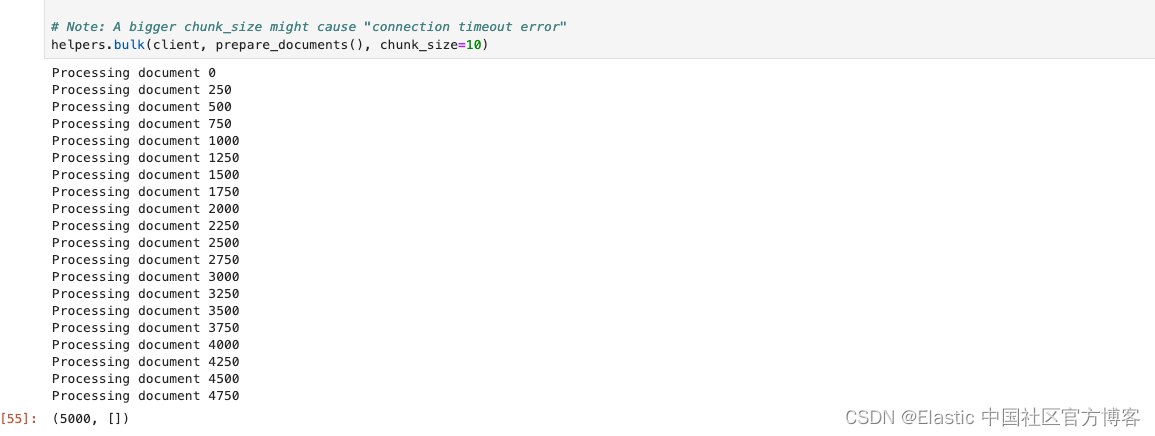
我们可以在 Kibana 中进行查看:
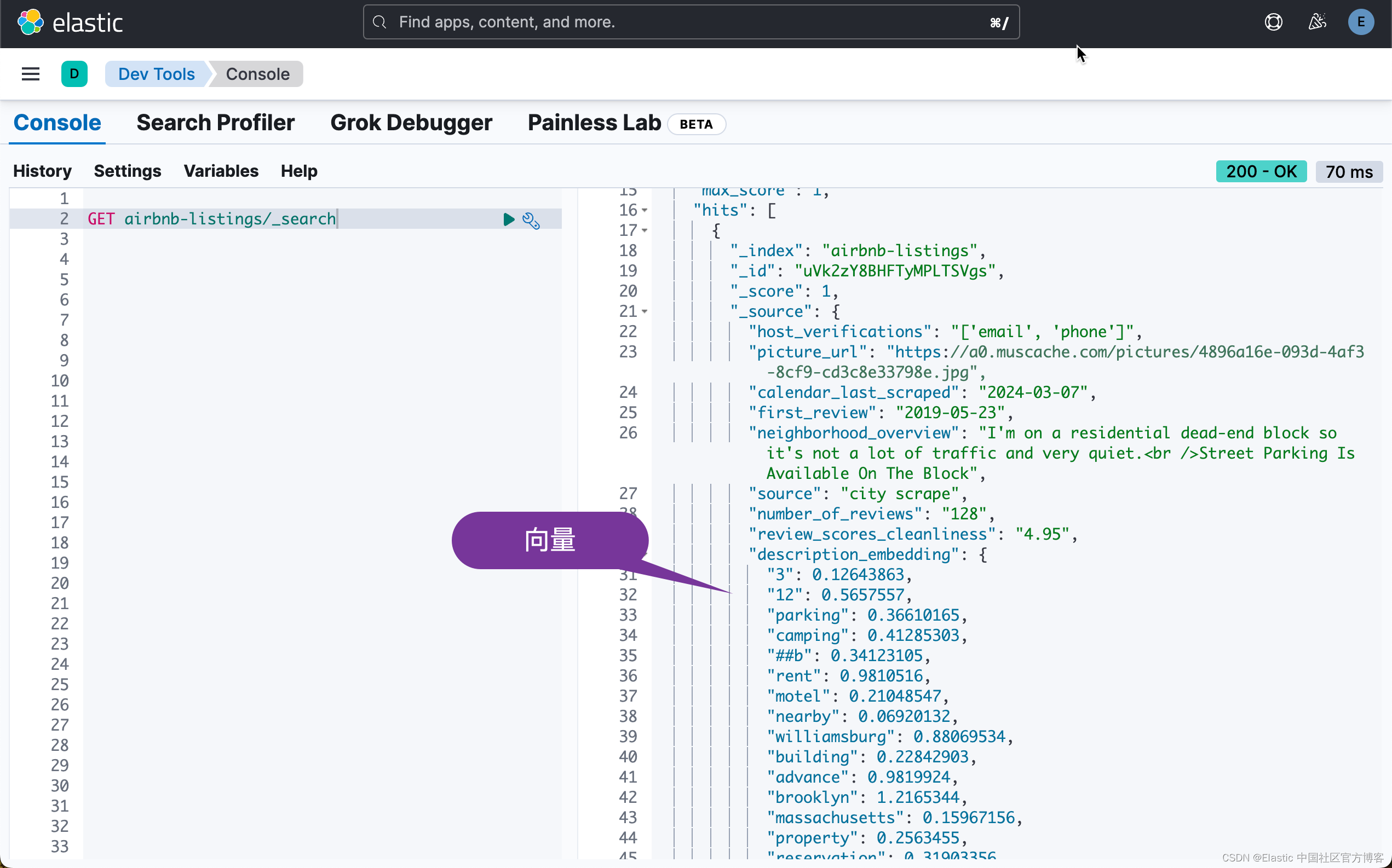

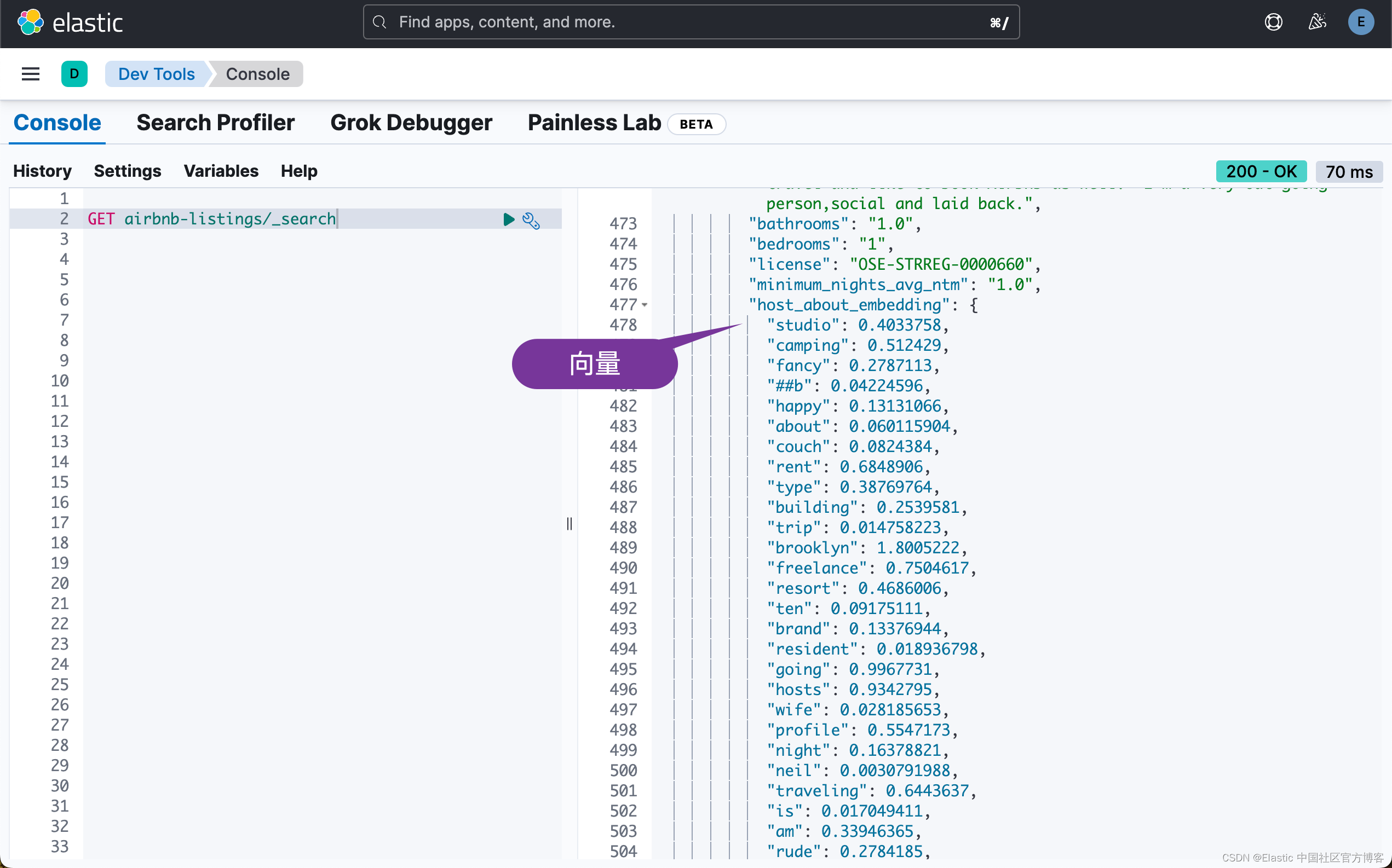
最终,我们把所需要的 5000 个文档写入到 Elasticsearch 中:
准备 MTA 地铁站索引
我们需要准备索引并确保我们将地理位置视为 geo_point 类型。
client.indices.delete(index="mta-stations", ignore_unavailable=True)
client.indices.create(index="mta-stations",mappings={"dynamic_templates": [{"stringsaskeywords": {"match": "*","match_mapping_type": "string","mapping": {"type": "keyword"},}}],"properties": {"location": {"type": "geo_point"}},},
)索引 MTA 数据
我们现在需要为 MTA 的数据建立索引。
import csv# Download the CSV file
url = "https://data.ny.gov/api/views/39hk-dx4f/rows.csv?accessType=DOWNLOAD"
response = requests.get(url)# Parse and index the CSV data
def prepare_documents():reader = csv.DictReader(response.text.splitlines())for row in reader:row["location"] = {"lat": float(row["GTFS Latitude"]),"lon": float(row["GTFS Longitude"]),}yield {"_index": "mta-stations","_source": dict(row),}# Index the documents
helpers.bulk(client, prepare_documents())准备兴趣点
和之前一样。我们想要索引兴趣点并使用 ELSER 来确保任何语义搜索都有效。例如。搜索 "sights with gardens" 应该返回 "Central Park",即使它的名称中不包含 garden。
client.indices.delete(index="points-of-interest", ignore_unavailable=True)
client.indices.create(index="points-of-interest",settings={"index": {"default_pipeline": "elser-ingest-pipeline"}},mappings={"dynamic_templates": [{"stringsaskeywords": {"match": "*","match_mapping_type": "string","mapping": {"type": "keyword"},}}],"properties": {"NAME": {"type": "text"},"location": {"type": "geo_point"},"name_embedding": {"type": "sparse_vector"},},},
)下载兴趣点
the_geom 看起来像这样: POINT (-74.00701717096757 40.724634757833414) 其格式为众所周知的文本点格式,我们正式支持这一点。我个人总是喜欢将经纬度坐标存储为对象,以确保不会造成混淆。
import csv# Download the CSV file
url = "https://data.cityofnewyork.us/api/views/t95h-5fsr/rows.csv?accessType=DOWNLOAD"
response = requests.get(url)# Parse and index the CSV data
def prepare_documents():reader = csv.DictReader(response.text.splitlines())for row in reader:row["location"] = {"lat": float(row["the_geom"].split(" ")[2].replace(")", "")),"lon": float(row["the_geom"].split(" ")[1].replace("(", "")),}row["name"] = row["NAME"].lower()yield {"_index": "points-of-interest","_source": dict(row),}# Index the documents
helpers.bulk(client, prepare_documents(),chunk_size=10)上面的代码执行需要一段时间。需要耐心等候。
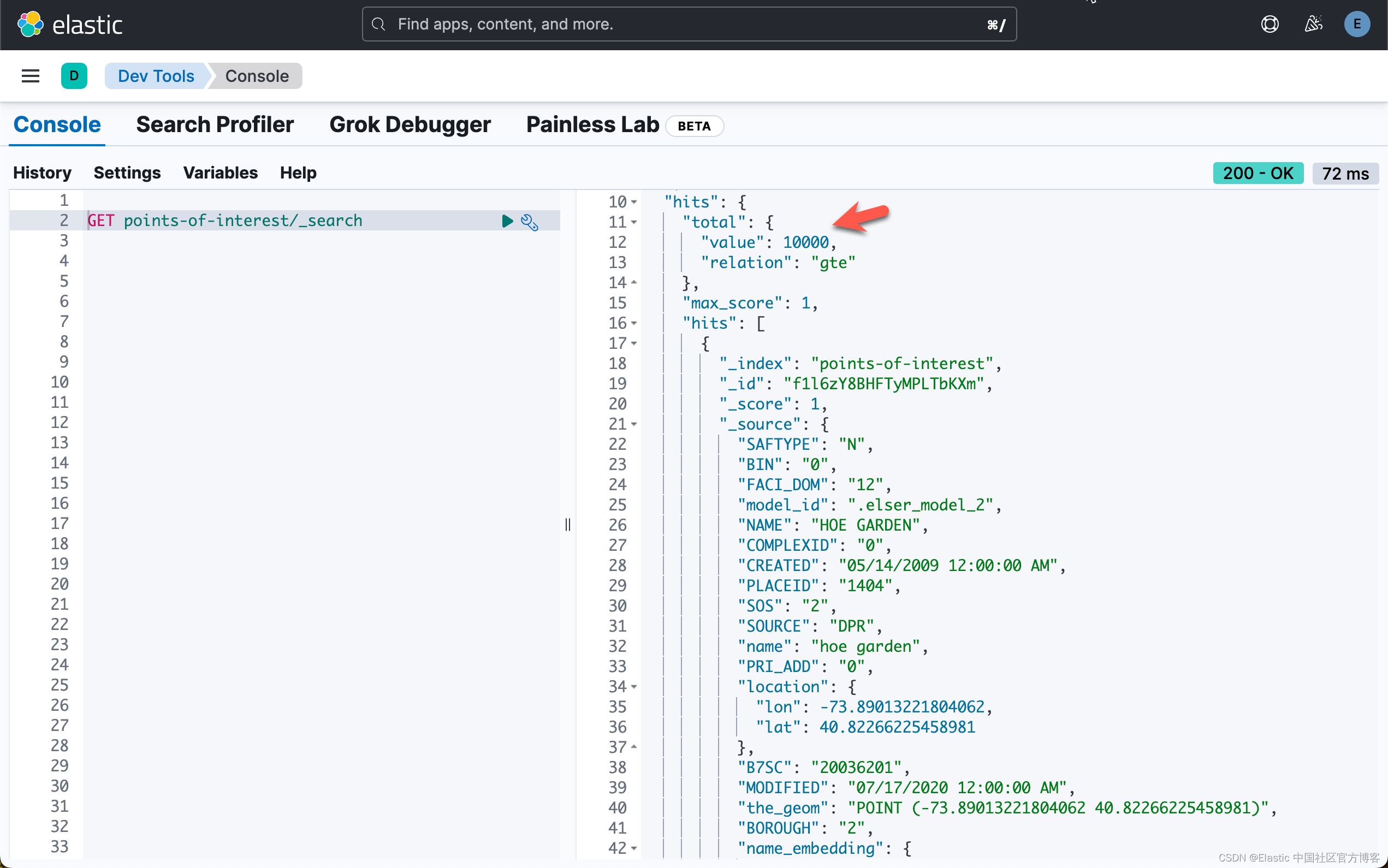
现在我们已经万事俱备了
首先让我们看看 ELSER 在 “geo” 查询方面的表现如何。我们就以 Central Park 和 Empire State 旁边的爱彼迎 (AirBnB) 为例。此外,我们现在只查看 description,而不是 name 或作者简介。让我们保持简单。
response = client.search(index="airbnb-*",size=10,query={"text_expansion": {"description_embedding": {"model_id": ".elser_model_2","model_text": "Next to Central Park and Empire State Building",}}},
)for hit in response["hits"]["hits"]:doc_id = hit["_id"]score = hit["_score"]name = hit["_source"]["name"]location = hit["_source"]["location"]print(f"Score: {score}\nTitle: {name}\nLocation: {location}\nDocument ID: {doc_id}\n")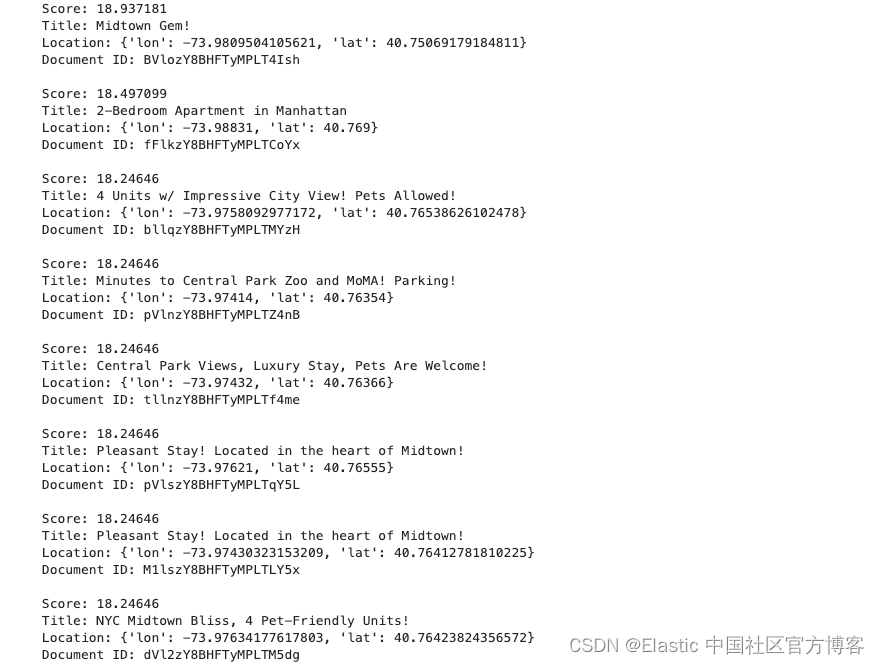
分析响应
我们对所有 AirBnB 进行了索引,因此可能与你仅索引前 5,000 个时获得的结果略有不同。
下一步是在 Elasticsearch 中运行 geo_distance 查询。首先来分析一下中央公园(Central Park)和帝国大厦(Empire State Building)相距多远。由于中央公园相当大并且包含许多景点,因此我们将使用 Bow Bridge 作为标志性景点。
我们将使用一个简单的术语查询来获取中央公园弓桥的地理位置,然后使用 _geo_distance 排序运行 geo_distance 查询来获取准确的距离。目前,geo_distance 查询始终需要距离参数。我们添加了一个术语来搜索帝国大厦,因为我们只对此感兴趣。
response = client.search(index="points-of-interest",size=1,query={"term": {"name": "central park bow bridge"}},
)for hit in response["hits"]["hits"]:# this should now be the central park bow bridge.print(f"Name: {hit['_source']['name']}\nLocation: {hit['_source']['location']}\n")response = client.search(index="points-of-interest",size=1,query={"bool": {"must": {"term": {"name": "empire state building"}},"filter": {"geo_distance": {"distance": "200km","location": {"lat": hit["_source"]["location"]["lat"],"lon": hit["_source"]["location"]["lon"],},}},}},sort=[{"_geo_distance": {"location": {"lat": hit["_source"]["location"]["lat"],"lon": hit["_source"]["location"]["lon"],},"unit": "km","distance_type": "plane","order": "asc",}}],)print(f"Distance to Empire State Building: {response['hits']['hits'][0]['sort'][0]} km")Name: central park bow bridge
Location: {'lon': -73.97178440451849, 'lat': 40.77577539823907}Distance to Empire State Building: 3.247504472145157 km与 ELSER 相比
现在我们得分最高的文档:
Score: 20.003891
Title: Gorgeous 1 Bedroom - Upper East Side Manhattan -
Location: {'lon': -73.95856, 'lat': 40.76701}
Document ID: AkgfEI8BHToGwgcUA6-7让我们使用 geo_distance 运行上面的计算。
response = client.search(index="points-of-interest",size=10,query={"bool": {"must": {"terms": {"name": ["central park bow bridge", "empire state building"]}},"filter": {"geo_distance": {"distance": "200km","location": {"lat": "40.76701", "lon": "-73.95856"},}},}},sort=[{"_geo_distance": {"location": {"lat": "40.76701", "lon": "-73.95856"},"unit": "km","distance_type": "plane","order": "asc",}}],
)for hit in response["hits"]["hits"]:print("Distance between AirBnB and", hit["_source"]["name"], hit["sort"][0], "km")Distance between AirBnB and central park bow bridge 1.4799179352060348 km
Distance between AirBnB and empire state building 3.0577584374128617 km分析
距离两个景点仅1.4公里和 3 公里。没有那么糟糕。让我们看看当我们创建一个包含帝国大厦和中央公园 Bow Bridge 的地理边界框时我们能发现什么。此外,我们将按照到中央公园 Bow Bridge 的距离对结果进行排序,然后按照到帝国大厦的距离进行排序。
response = client.search(index="points-of-interest",size=2,query={"terms": {"name": ["central park bow bridge", "empire state building"]}},
)# for easier access we store the locations in two variables
central = {}
empire = {}
for hit in response["hits"]["hits"]:hit = hit["_source"]if "central park bow bridge" in hit["name"]:central = hit["location"]elif "empire state building" in hit["name"]:empire = hit["location"]# Now we can run the geo_bounding_box query and sort it by the
# distance first to Central Park Bow Bridge
# and then to the Empire State Building.
response = client.search(index="airbnb-*",size=50,query={"geo_bounding_box": {"location": {"top_left": {"lat": central["lat"], "lon": empire["lon"]},"bottom_right": {"lat": empire["lat"], "lon": central["lon"]},}}},sort=[{"_geo_distance": {"location": {"lat": central["lat"], "lon": central["lon"]},"unit": "km","distance_type": "plane","order": "asc",}},{"_geo_distance": {"location": {"lat": empire["lat"], "lon": empire["lon"]},"unit": "km","distance_type": "plane","order": "asc",}},],
)for hit in response["hits"]["hits"]:print(f"Distance to Central Park Bow Bridge: {hit['sort'][0]} km")print(f"Distance to Empire State Building: {hit['sort'][1]} km")print(f"Title: {hit['_source']['name']}\nDocument ID: {hit['_id']}\n")
人工智能
现在让我们终于进入 AI 部分。所有这些都是设置和理解地理空间搜索的作用及其工作原理。还有很多东西有待发现。让我们将其连接到我们的 OpenAI 实例。在这里我们使用 OpenAI 资源。
from openai import OpenAIOPENAI_API_KEY = os.getenv("OPENAI_API_KEY")
client = OpenAI(# This is the default and can be omittedapi_key=os.environ.get("OPENAI_API_KEY"),
)# Set API key
openai = OpenAI()# Let's do a test:
question = "What is the capital of France? Answer with just the capital city."answer = openai.chat.completions.create(messages=[{"role": "user","content": question,}],model="gpt-3.5-turbo",
)print(answer.choices[0].message.content)Paris上面显示出来正确的答案。它表明我们的 OpenAI 是工作正常的。
既然这可行了,我们确信我们是在正确的地方开始我们的问题。我们正在编写一个提示,强制 ChatGPT 创建 JSON 响应并从问题中提取信息。
question = """
As an expert in named entity recognition machine learning models, I will give you a sentence from which I would like you to extract what needs to be found (location, apartment, airbnb, sight, etc) near which location and the distance between them. The distance needs to be a number expressed in kilometers. I would like the result to be expressed in JSON with the following fields: "what", "near", "distance_in_km". Only return the JSON.
Here is the sentence: "Get me the closest AirBnB between 1 miles distance from the Empire State Building"
"""answer = openai.chat.completions.create(messages=[{"role": "user","content": question,}],model="gpt-3.5-turbo",
)
print(answer.choices[0].message.content)上面代码的输出为:
{"what": "AirBnB","near": "Empire State Building","distance_in_km": 1.6
}我们案例的答案如下
这是所需的输出:
{"what": "AirBnB","near": "Empire State Building","distance_in_km": 1610
}- 提取距离 - 完成(1 英里)
- 将距离转换为公里 - 完成 (1.6 公里)
- 提取位置 - 这应该是 “Empire State Building”,但从更一般的角度来说,我们应该认识到这是一个位置,因此我们制作一个称为单独的标签
json = answer.choices[0].message.content
# This now should contain just the json.
json = JSON.loads(json)# first let's grab the location of the `near` field
# it could be multiple locations, so we will search for all of them.
near = client.search(index="points-of-interest",size=100,query={"bool": {"must": {"terms": {"name": [json["near"].lower()]}}}},
)# we store just all of the geo-locations of the near locations.
near_location = []
sort = []for hit in near["hits"]["hits"]:near_location.append(hit["_source"]["location"])sort.append({"_geo_distance": {"location": {"lat": hit["_source"]["location"]["lat"],"lon": hit["_source"]["location"]["lon"],},"unit": "km","distance_type": "plane","order": "asc",}})query = {"geo_distance": {"distance": str(json["distance_in_km"]) + "km","location": {"lat": near_location[0]["lat"], "lon": near_location[0]["lon"]},}
}
# Now let's get all the AirBnBs `what` near the `near` location.
# We always use the first location as our primary reference.
airbnbs = client.search(index="airbnb-*", size=100, query=query, sort=sort)for hit in airbnbs["hits"]["hits"]:print(f"Distance to {json['near']}: {hit['sort'][0]} km")print(f"Title: {hit['_source']['name']}\nDocument ID: {hit['_id']}\n")上述命令运行的结果为:

现在,我们将地理空间搜索与 LLMs 结合起来。
所有的源码可以在地址:elasticsearch-labs/supporting-blog-content/geospatial-llm/09-geospatial-search.ipynb at main · liu-xiao-guo/elasticsearch-labs · GitHub 进行下载。
相关文章:

城市之旅:使用 LLM 和 Elasticsearch 简化地理空间搜索(二)
我们在之前的文章 “城市之旅:使用 LLM 和 Elasticsearch 简化地理空间搜索(一)”,在今天的练习中,我将使用本地部署来做那里面的 Jupyter notebook。 安装 Elasticsearch 及 Kibana 如果你还没有安装好自己的 Elasti…...

【知识点】 C++ 构造函数 参数类型为右值引用的模板函数
C 构造函数是一种特殊的成员函数,用于初始化类对象。C 中的构造函数主要分为以下几种类型: 默认构造函数(Default Constructor)参数化构造函数(Parameterized Constructor)拷贝构造函数(Copy C…...

华为云服务器-云容器引擎 CCE环境构建及项目部署
1、切换地区 2、搜索云容器引擎 CCE 3、购买集群 4、创建容器节点 通过漫长的等待(五分钟左右),由创建中变为运行中,则表明容器已经搭建成功 购买成功后,返回容器控制台界面 5、节点容器管理 6、创建redis工作负载 7、创建mysql工作负载 8、…...
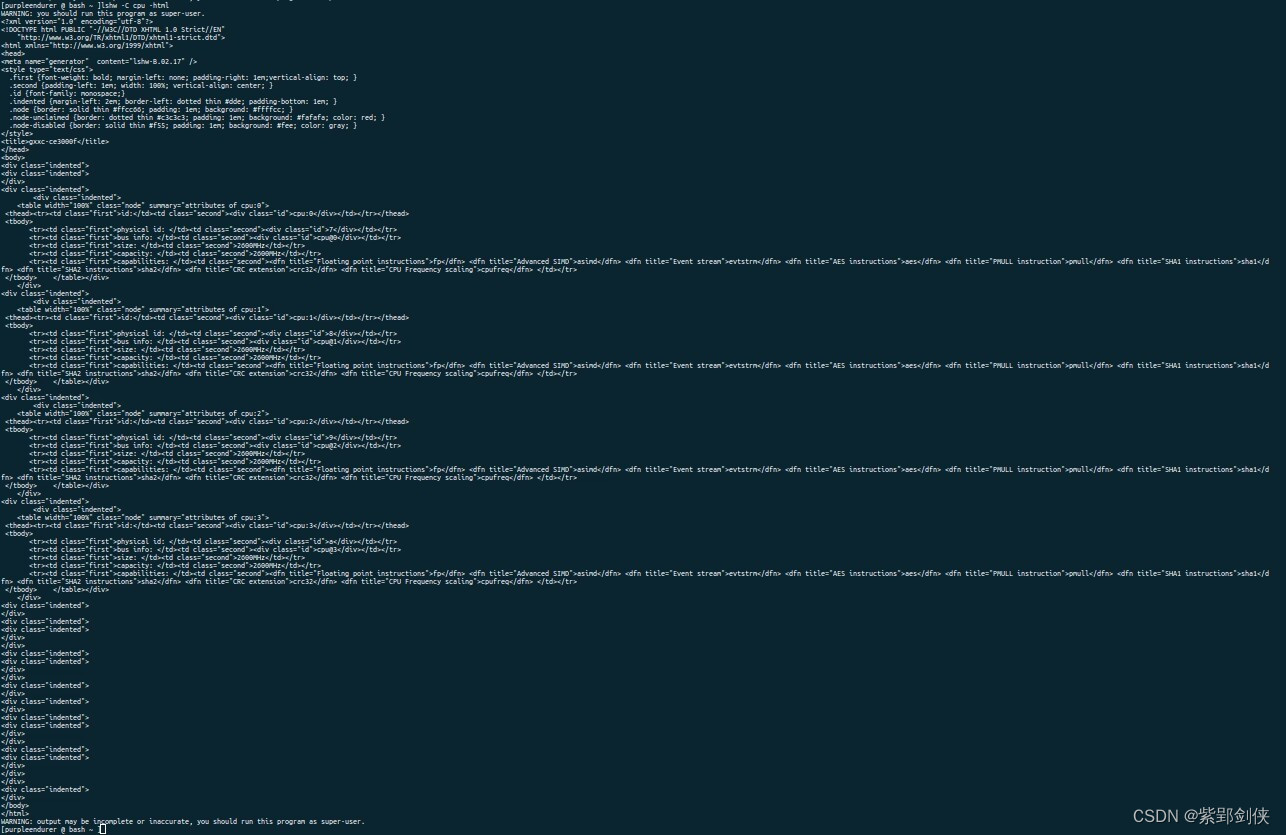
Linux shell编程学习笔记57:lshw命令 获取cpu设备信息
0 前言 在Linux中,获取cpu信息的命令很多,除了我们已经研究的 cat /proc/cpuinfo、lscpu、nproc、hwinfo --cpu 命令,还有 lshw命令。 1 lshw命令的功能 lshw命令源自英文list hardware,即列出系统的硬件信息,这些硬…...

连山露【诗词】
连山露 雾隐黄山路,十步一松树。 树上惊松鼠,松子衔木屋。 松子青嫩芽,尖尖头探出。 卷挂白露珠,装映黄山雾。...

【Qt】Frame和Widget的区别
1. 这两个伙计有啥区别? 2. 区别 2.1 Frame继承自Widget,多了一些专有的功能 Frame Widget 2.2 Frame可以设置边框...

Python爬虫实战:从入门到精通
网络爬虫,又称为网络蜘蛛或爬虫,是一种自动浏览网页的程序,用于从互联网上收集信息。Python由于其简洁的语法和强大的库支持,成为开发网络爬虫的首选语言。 环境准备 Python安装 必要的库:requests, BeautifulSoup, Sc…...

堆算法详解
目录 堆 二叉堆的实现 二叉堆的插入 二叉堆取出堆顶 (extract/delete max) 优先对列 (priority queue) 堆的实现 语言中堆的实现 leadcode 题目堆应用 堆 堆是一种高效维护集合中最大或最小元素的数据结构。 大根堆:根节点最大的堆…...

6.6SSH的运用
ssh远程管理 ssh是一种安全通道协议,用来实现字符界面的远程登录。远程复制,远程文本传输。 ssh对通信双方的数据进行了加密 用户名和密码登录 密钥对认证方式(可以实现免密登录) ssh 22 网络层 传输层 数据传输的过程中是加密的 …...

MySQL-备份(三)
备份作用:保证数据的安全和完整。 一 备份类别 类别物理备份 xtrabackup逻辑备份mysqldump对象数据库物理文件数据库对象(如用户、表、存储过程等)可移植性差,不能恢复到不同版本mysql对象级备份,可移植性强占用空间占…...

结构体(1)<C语言>
导言 结构体是C语言中的一种自定义类型,它的值(成员变量)可以是多个,且这些值可以为不同类型,这也是和数组的主要区别,下面将介绍它的一些基本用法,包括:结构体的创建、结构体变量的…...

HW面试应急响应之场景题
(1)dns 报警就一定是感染了吗?怎么处理? 不一定。 引起dns报警的情况有:恶意软件感染,域名劫持,DNS欺骗,DDoS攻击等。 处理方法: 1、分析报警,查看报警类型、源IP地址、目标域名等…...
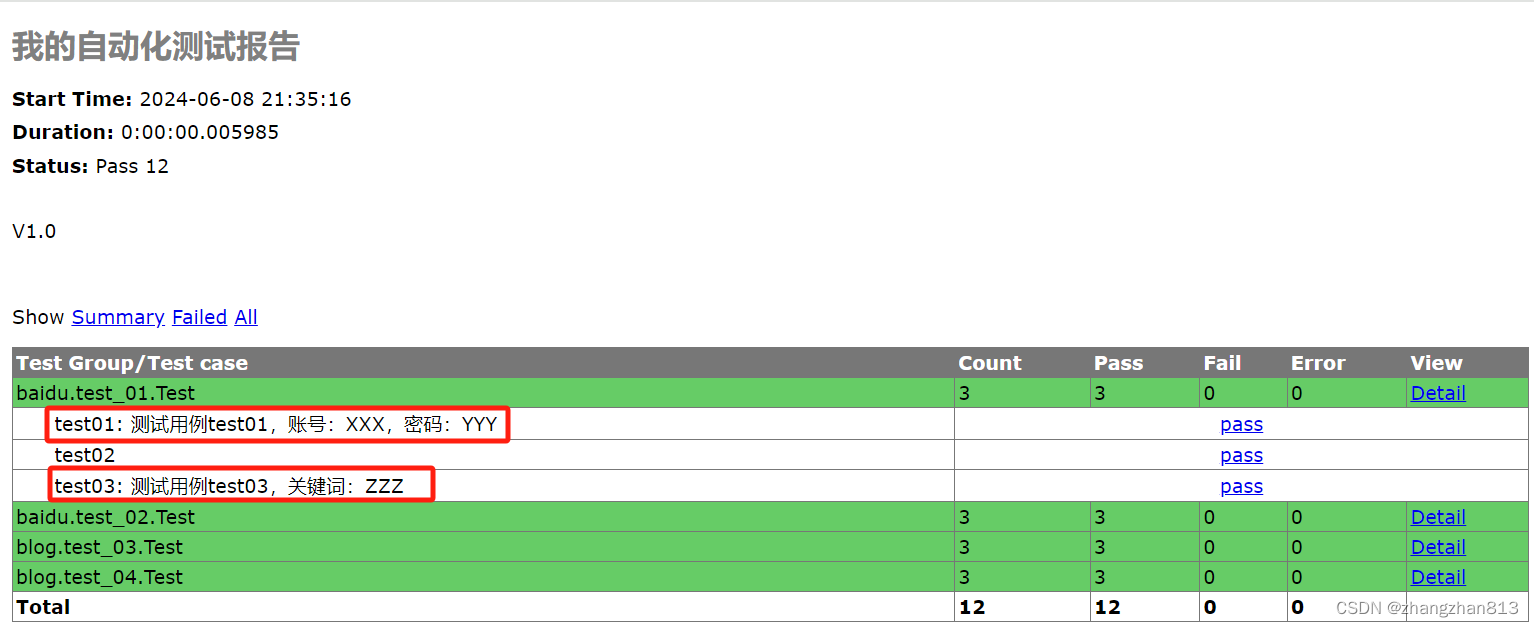
30-unittest生成测试报告(HTMLTestRunner插件)
批量执行完测试用例后,为了更好的展示测试报告,最好是生成HTML格式的。本文使用第三方HTMLTestRunner插件生成测试报告。 一、导入HTMLTestRunner模块 这个模块下载不能通过pip安装,只能下载后手动导入,下载地址是:ht…...

鸿蒙北向开发 IDE DevEco Studio 3.1 傻瓜式安装闭坑指南
首先下载 安装IDE 本体程序 DevEco Studio 下载链接 当前最新版本是3.1.1,下载windows版本的 下载下来后是一个压缩包, 解压解锁包后会出现一个exe安装程序 双击运行安装程序 一路 next ( 这里涉及安装文件目录,我因为C盘够大所以全部默认了,各位根据自己情况选择自己的文件…...

Oracle数据库面试题-9
81. 请解释Oracle数据库中的林业数据处理方法。 Oracle数据库中的林业数据处理 在Oracle数据库中处理林业数据涉及到存储、管理、分析和可视化与林业相关的数据。以下是林业数据处理的一些关键方面以及如何使用Oracle数据库进行示例性的SQL说明: 数据库设计&#…...
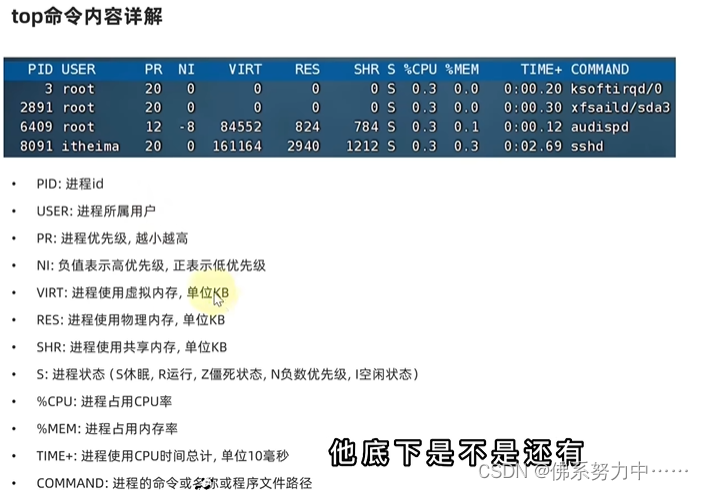
跟着小白学linux的基础命令
小白学习记录: 前情提要:Linux命令基础格式!查看 lsLinux 的7种文件类型及各颜色代表含义 进入指定目录 cd查看当前工作目录 pwd创建一个新的目录(文件夹) mkdir创建文件 touch查看文件内容 cat、more操作文件、文件夹- 复制 cp- 移动 mv- 删…...

2024-06-08 Unity 编辑器开发之编辑器拓展9 —— EditorUtility
文章目录 1 准备工作2 提示窗口2.1 双键窗口2.2 三键窗口2.3 进度条窗口 3 文件面板3.1 存储文件3.2 选择文件夹3.3 打开文件3.4 打开文件夹 4 其他内容4.1 压缩纹理4.2 查找对象依赖项 1 准备工作 创建脚本 “Lesson38Window.cs” 脚本,并将其放在 Editor 文件…...
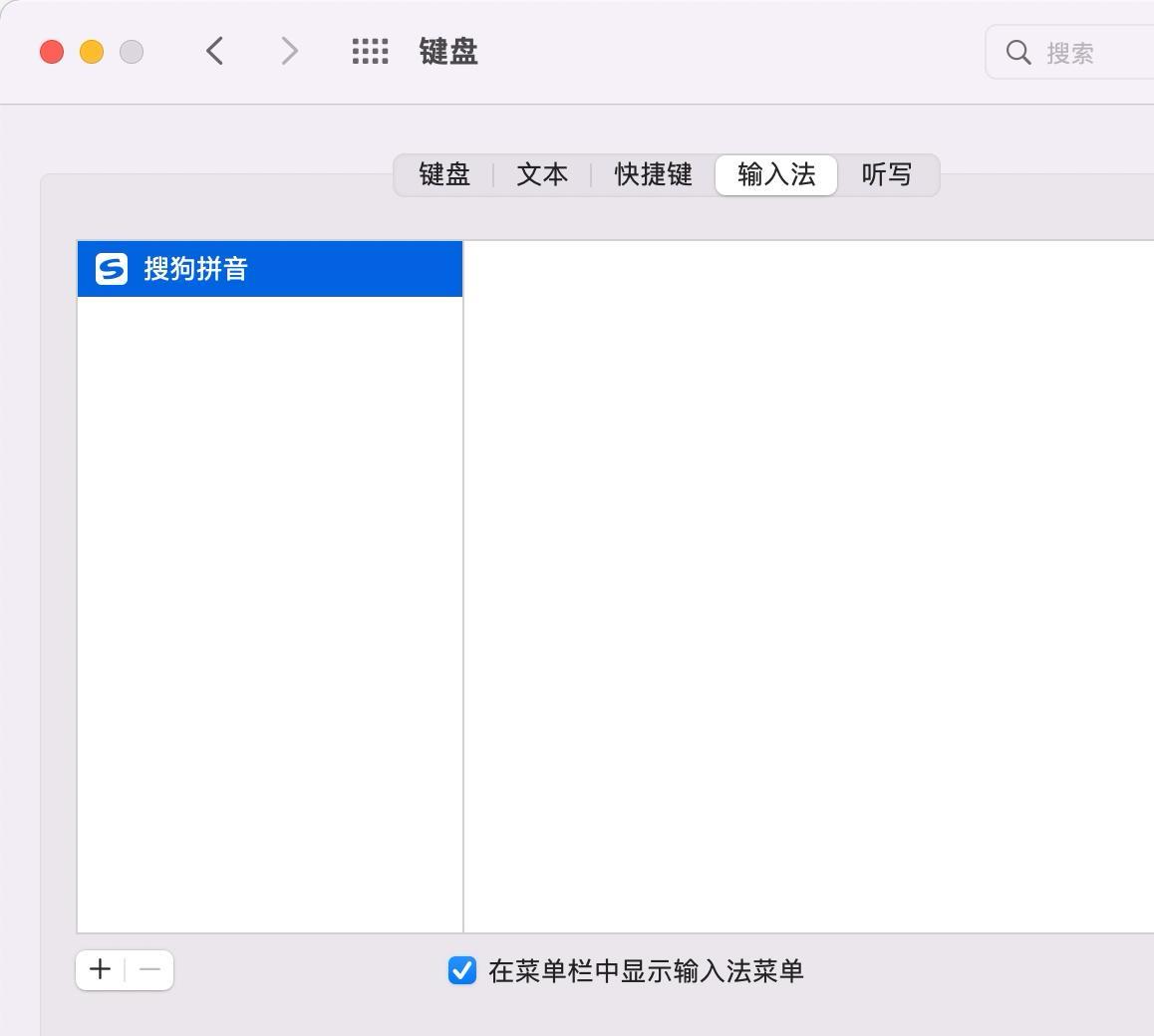
Mac下删除系统自带输入法ABC,正解!
一、背景说明 MacOS 在 14.2 以下的系统存在中文输入法 BUG,会造成系统卡顿,出现彩虹圆圈。如果为了解决这个问题,有两种方法: 升级到最新的 14.5 系统使用第三方输入法 在使用第三方输入法的时候,会发现系统自带的 …...
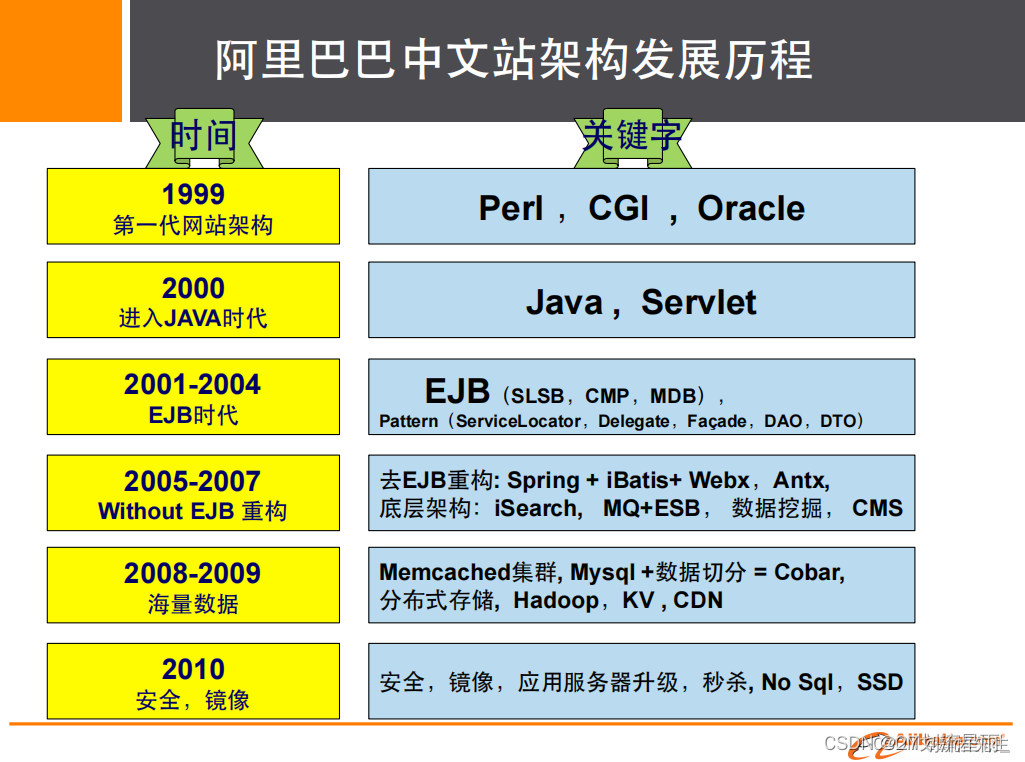
redis学习路线
待更新… 一、nosql讲解 1. 为什么要用nosql? 用户的个人信息,社交网络,地理位置,自己产生的数据,日志等等爆发式增长!传统的关系型数据库已无法满足这些数据处理的要求,这时我们就需要使用N…...

数据库练习题
1行程和用户 表:Trips ----------------------- | Column Name | Type | ----------------------- | id | int | | client_id | int | | driver_id | int | | city_id | int | | status | enum | | request_at…...
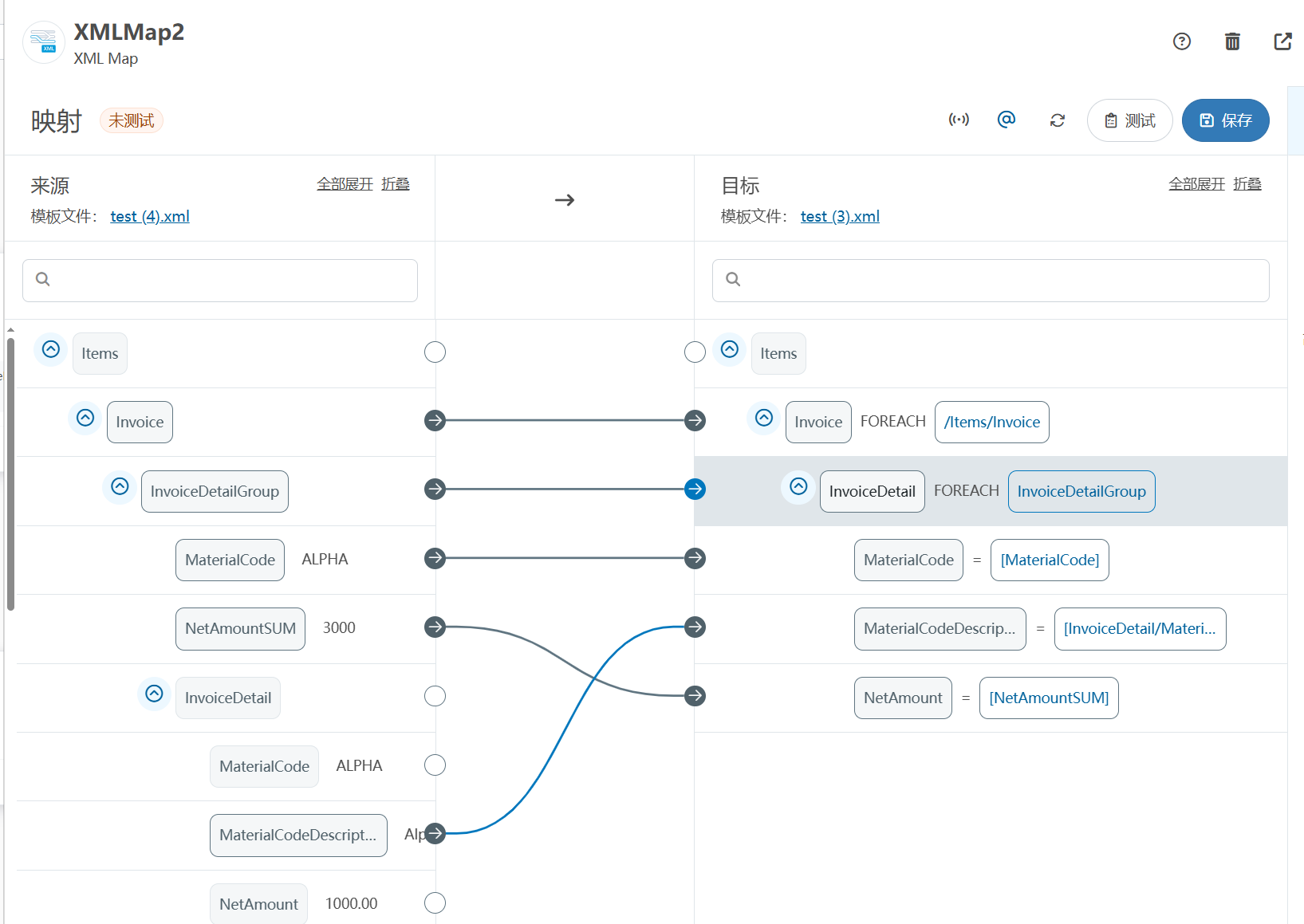
XML Group端口详解
在XML数据映射过程中,经常需要对数据进行分组聚合操作。例如,当处理包含多个物料明细的XML文件时,可能需要将相同物料号的明细归为一组,或对相同物料号的数量进行求和计算。传统实现方式通常需要编写脚本代码,增加了开…...

挑战杯推荐项目
“人工智能”创意赛 - 智能艺术创作助手:借助大模型技术,开发能根据用户输入的主题、风格等要求,生成绘画、音乐、文学作品等多种形式艺术创作灵感或初稿的应用,帮助艺术家和创意爱好者激发创意、提高创作效率。 - 个性化梦境…...

Docker 离线安装指南
参考文章 1、确认操作系统类型及内核版本 Docker依赖于Linux内核的一些特性,不同版本的Docker对内核版本有不同要求。例如,Docker 17.06及之后的版本通常需要Linux内核3.10及以上版本,Docker17.09及更高版本对应Linux内核4.9.x及更高版本。…...
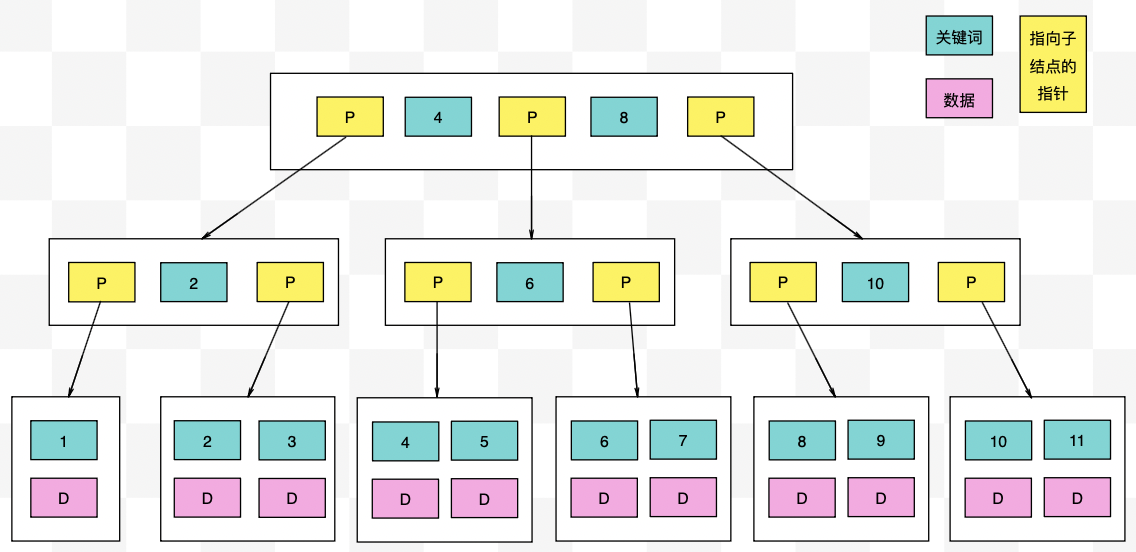
【力扣数据库知识手册笔记】索引
索引 索引的优缺点 优点1. 通过创建唯一性索引,可以保证数据库表中每一行数据的唯一性。2. 可以加快数据的检索速度(创建索引的主要原因)。3. 可以加速表和表之间的连接,实现数据的参考完整性。4. 可以在查询过程中,…...
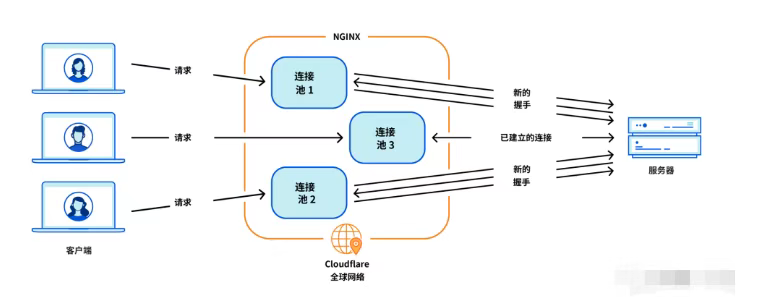
Cloudflare 从 Nginx 到 Pingora:性能、效率与安全的全面升级
在互联网的快速发展中,高性能、高效率和高安全性的网络服务成为了各大互联网基础设施提供商的核心追求。Cloudflare 作为全球领先的互联网安全和基础设施公司,近期做出了一个重大技术决策:弃用长期使用的 Nginx,转而采用其内部开发…...

【Web 进阶篇】优雅的接口设计:统一响应、全局异常处理与参数校验
系列回顾: 在上一篇中,我们成功地为应用集成了数据库,并使用 Spring Data JPA 实现了基本的 CRUD API。我们的应用现在能“记忆”数据了!但是,如果你仔细审视那些 API,会发现它们还很“粗糙”:有…...

有限自动机到正规文法转换器v1.0
1 项目简介 这是一个功能强大的有限自动机(Finite Automaton, FA)到正规文法(Regular Grammar)转换器,它配备了一个直观且完整的图形用户界面,使用户能够轻松地进行操作和观察。该程序基于编译原理中的经典…...
免费数学几何作图web平台
光锐软件免费数学工具,maths,数学制图,数学作图,几何作图,几何,AR开发,AR教育,增强现实,软件公司,XR,MR,VR,虚拟仿真,虚拟现实,混合现实,教育科技产品,职业模拟培训,高保真VR场景,结构互动课件,元宇宙http://xaglare.c…...

代码规范和架构【立芯理论一】(2025.06.08)
1、代码规范的目标 代码简洁精炼、美观,可持续性好高效率高复用,可移植性好高内聚,低耦合没有冗余规范性,代码有规可循,可以看出自己当时的思考过程特殊排版,特殊语法,特殊指令,必须…...

NPOI操作EXCEL文件 ——CAD C# 二次开发
缺点:dll.版本容易加载错误。CAD加载插件时,没有加载所有类库。插件运行过程中用到某个类库,会从CAD的安装目录找,找不到就报错了。 【方案2】让CAD在加载过程中把类库加载到内存 【方案3】是发现缺少了哪个库,就用插件程序加载进…...
